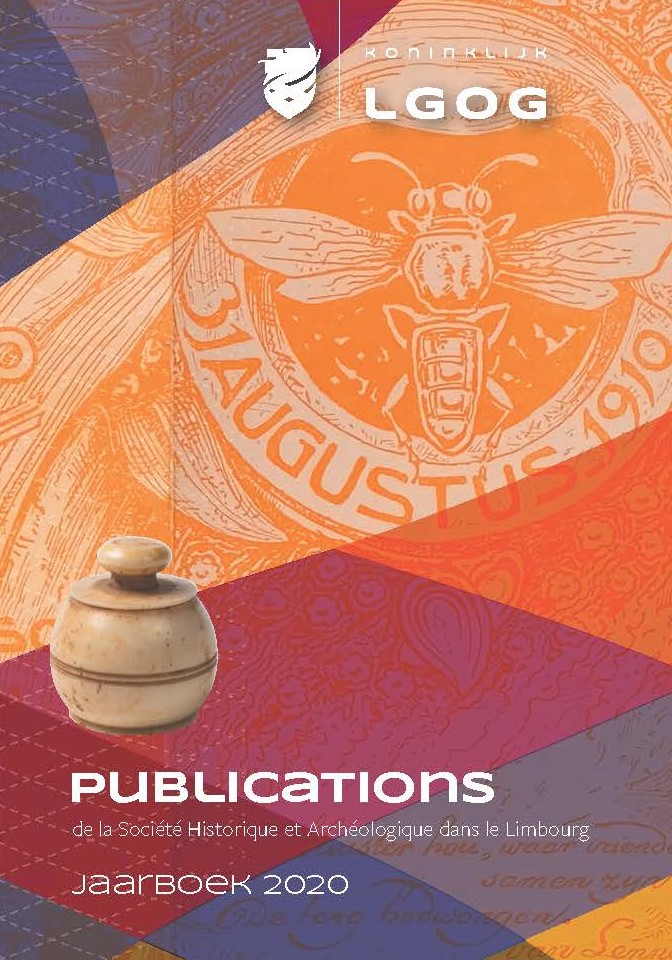Bocholter (opge)Graven
Archeologisch onderzoek van een landweer in Bocholt
Samenvatting
On the Belgian-Dutch border there is a system of ditches that, thanks to research by the Heemkundekring Bocholt and Stramproy, has been interpreted as a ‘landweer’ and given the name Bocholter Graven and Graft. Research of historical maps, aerial photographs and archive pieces has yielded several pieces of the puzzle regarding the interpretation, age, construction and maintenance of the ‘landweer’. Archaeological research has allowed to determine the location and course of the ditches. The fillings were documented and sampled in two profile slots for OSL dating and pollen analysis. Based on all currently known data, two phases of the ‘landweer’ are assumed. The most easterly so-called Graft is considered the oldest phase, dating back to 1389 and erected in the context of local border disputes. The more westerly so-called Bocholter Graven are probably of a younger date, 15th or early 16th century. This defensive system was constructed during a period of great troubles for the Bocholt region, including the ‘Tachtigjarige Oorlog’. This is also a period when the ‘schansen’, refuges for the population, were established.
With regard to the location of the ‘landweer’ in the landscape, the perfect place to construct a defensive system has been chosen, namely on a narrowing of an east-west oriented cover sand ridge, with a lowlying swampy, inaccessible area on both sides and the Aabeek lying to the south. This site is probably an ancient natural border, which has strongly determined the possibilities for land use and the location of the settlements and burial fields.
Downloads
Downloads
Gepubliceerd
Nummer
Sectie
Licentie

Dit werk wordt verdeeld onder een Naamsvermelding 4.0 Internationaal licentie.
Auteurs behouden het volledige auteursrecht op hun werk en verlenen het tijdschrift het recht van eerste publicatie. Artikelen worden verspreid onder de voorwaarden van de Creative Commons Naamsvermelding 4.0 Internationaal (CC BY 4.0).



